The benefits of caring for aglonema flowers at home, are able to eradicate pollution
Brilio.net – The beauty of aglonema flowers has captivated the hearts of many people. Plants that have various types are very suitable to be used as home decorations or gifts. Starting from aglonema thistle, modestum, cutlass, nitidum, emerald bay to red gold.
The price also varies, depending on the characteristics and privileges of each type. But what you definitely have to remember is how to care for aglonema flowers to keep them healthy and not wither quickly.
Not just maintaining its appearance, caring for aglonema flowers also provides many benefits for you, you know. The freshness of this plant will add to the beautiful side of your home environment.
In addition, the beautiful color will spoil the eyes when looking at it. Another advantage, you can also channel your hobby while using your time positively.
But not only that, you know, there are still other benefits that are stored when you treat aglonema at home. Want to know anything?
Reported brilio.net from Nursey Nature on Saturday (30/1), here are the benefits of caring for aglonema flowers at home.
The benefits of caring for aglonema flowers.
1. Clean the air.

photo: freepik.com
Caring for plants is one of the best ways to maintain air quality. This also applies when you treat Aglonema at home.
Aglonema is known for its ability to adapt both outdoors and indoors. And when you place it in the room, Aglonema will clean up the pollution in the room.
Interestingly, NASA has also designated aglonema plants to be flora that effectively eradicate household pollutants, including formaldehyde and benzene in the air.
2. Increase concentration.

photo: freepik.com
Have you ever found it difficult to concentrate? I feel like refreshing my mind to be more focused. This can be caused by too much carbon dioxide or CO2 in the room. So that this condition can make you feel tired quickly, and thus hinder the productivity of your work.
But now you don’t need to worry, because Aglonema plants have the ability to absorb CO2 and release oxygen or O2 that the body needs. So you can come back refreshed and away from drowsiness if you have this plant in your home.
3. Able to calm the mind.

photo: freepik.com
Not much different from the previous point, the effect of drowsiness will usually disturb your thoughts. Plus the pressure of deadlines can also increase the feeling of panic in the body. Then you can relax your mind by caring for aglonema plants at home.
This green plant will give a fresh and cool effect to your environment. Besides that, the beautiful green color helps to relax the view. And by caring for plants, it is said that research can become an activity to reduce stress. It is recommended, at least 5 minutes a day to care for plants can make the heart and mind calmer.
4. Make the air more humid.
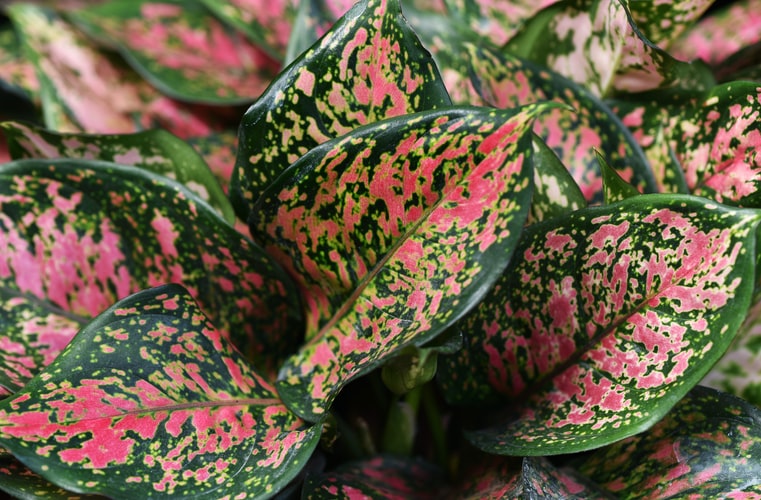
photo: unsplash.com
There are more benefits that you can get from planting aglonema. By caring for these ornamental plants in the room, you can simultaneously increase the humidity of the room air. So that this can avoid breathing problems that can affect anyone. The good effect is, you will be more relaxed and smooth in your activities.
–
This is what you need to pay attention to if you want to treat Aglonema.
So that you can feel the benefits of aglonema plants, you have to pay attention to how to care for them. Also pay attention to some of the factors that make aglonema thrive and healthy. What are you curious about and how?
Check out the explanation below as reported brilio.net from thespruce.
1. Soil conditions.
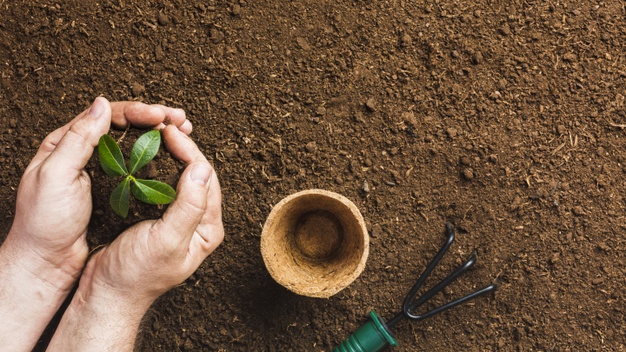
photo: freepik.com
In caring for your aglonema, soil is one of the factors that must be considered. Make sure the soil can hold water which can create a slightly humid environment.
It is advisable to use peat based potting soil with extra perlite. It is recommended that the soil that is used has a rich nitrogen content, and should be loose and not dense. A mildly acidic soil with a pH range of 5.6-6.5 is recommended.
2. Light intake.

photo: unsplash.com
Aglonema is known to be not complicated because it is able to adapt in low light rooms. For those of you who want dark Aglonema varieties, suitable for placing in indoor rooms.
Whereas varieties that have a variety of colors prefer indirect sun exposure, but are also fine when in a bright area.
3. Humidity.
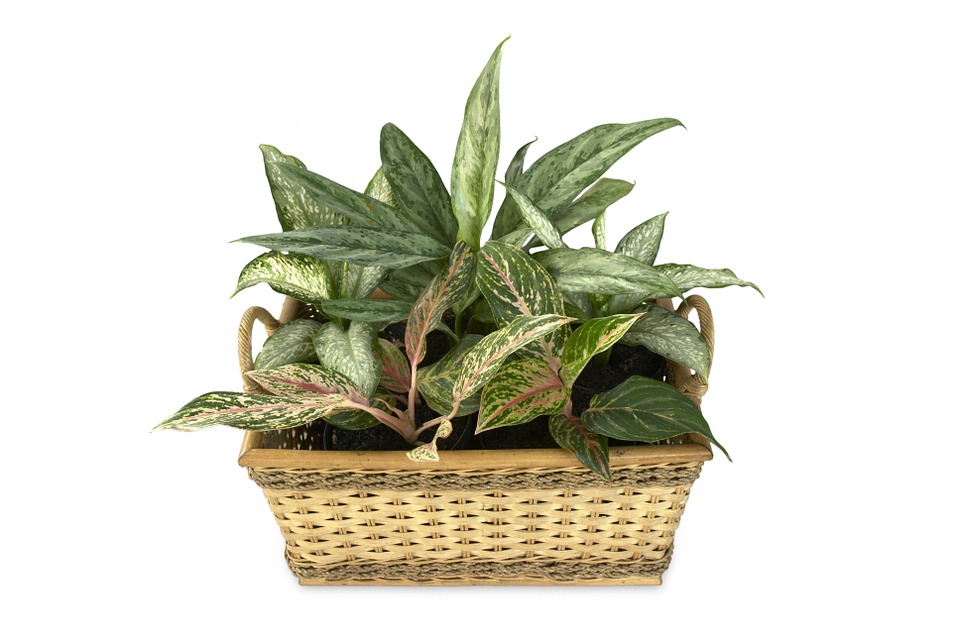
photo: pixabay.com
When caring for aglonema plants, keep them away from windows or drafty vents and get warmer. Apart from temperature, humidity must also be considered.
Please note, Aglonema does not like cold winds or temperatures below 65 degrees Fahrenheit. Aglonema will do best in warm, humid, sunny environments in greenhouses.
4. Water intake.
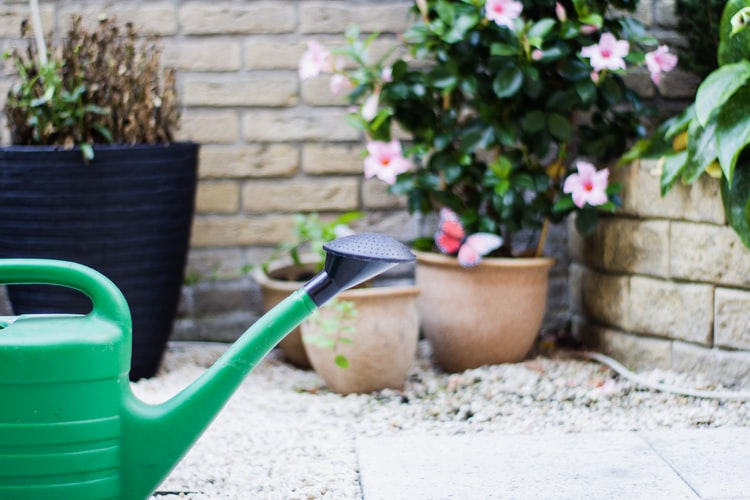
photo: unsplash.com
Aglonema is light in color, able to withstand minimal water conditions, but should not be allowed to dry completely for long periods. Also, don’t let the soil dry more than 25-30 percent.
As a tip, you can spray water on this plant every now and then to increase the humidity level, or place it on a gravel tray with water in it to provide extra moisture.
5. Fertilization.
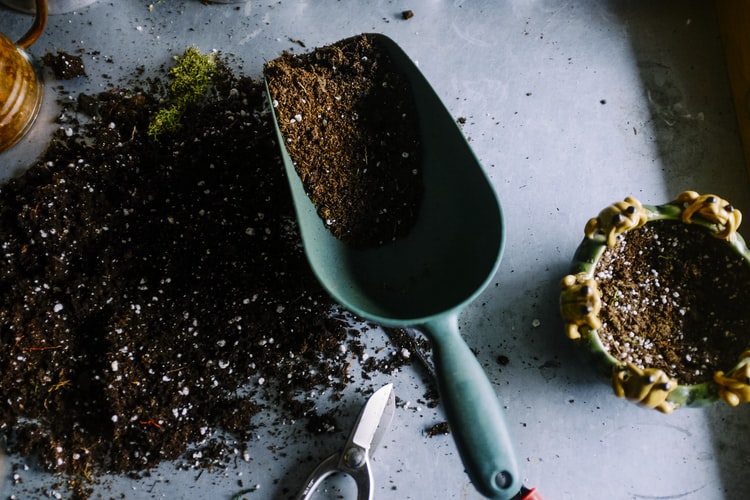
photo: unsplash.com
Ornamental plant fertilizers tend to carry a lot of salt deposits in them which can build up in the soil. Although it actually requires some nitrogen for leaf development and plant growth.
Then you can try using liquid plant fertilizer once a month in summer. When it starts to shift to the rainy season, you can slow it down to once every few months. Then when it is rainy season, it is advisable not to fertilize.
6. Repotting.
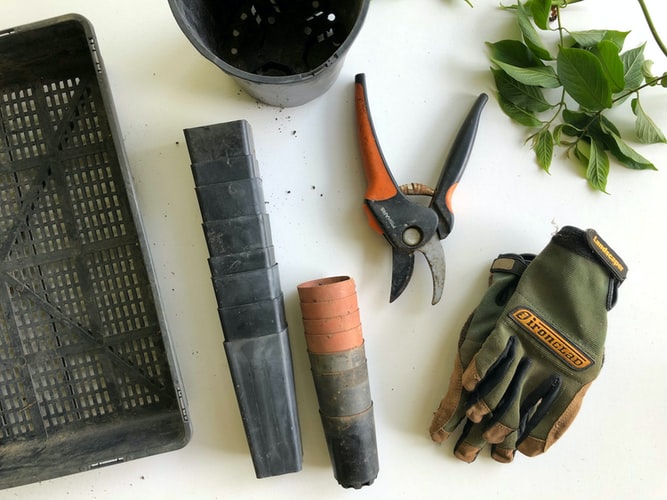
photo: unsplash.com
Repotting is a method of changing the pot according to the size of the plant. Make sure to use a pot according to the size of the plant. Repotting is usually done every 2-3 years.
7. Do pruning and spread new seeds.
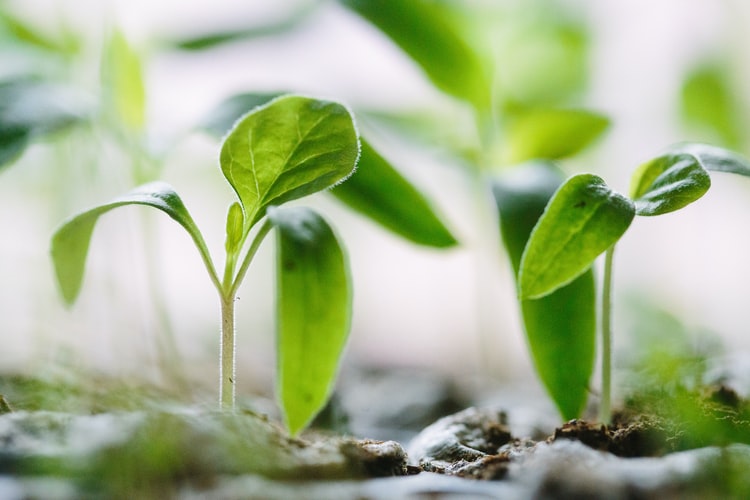
photo: unsplash.com
Another treatment, you can remove colored leaves that die when they appear by following the leaf stalks to the base of the plant. Avoid pruning the growing leaves in the same way.
However, do not remove the growing part from the base of the plant, as this can damage the plant.
If new shoots have appeared, they can be planted in other pots so that they can reproduce in other pots.